During December of 2015, I took a trip to Surat with the dual intention, first was to meet my extended family and second was digging some more into the Surti cuisine. December is the season of Undhiyu and Ponk, the two Surti delicacies that make their appearance only during the brief winter and should be on the ‘to eat’ least of everyone who loves to eat. Both these delicacies define fresh and seasonal!!! The few days I spent in Surat wasn’t enough to capture even the fraction of foods the city has to offer but the Undhiyu had to happen and it had to be homemade by one of my favourite home cooks, my elder sister Ranak. A passionate cook and host that she is, it is a pleasure watching her meticulously select the ingredients from the same vegetable vendors, prep up the ingredients in a very diligent way (she is very particular about the way the veggies were to be strung, split and chopped), grinding the masala to the entire process of making the Surti Undhiyu. Ranuben (as we all call her) follows her grandmother’s recipe for making the Undhiyu. The Surti Undhiyu does not have the addition of dry spices, allowing the flavours of the vegetable to shine through.
I would have loved to do this story last year but the limited features of the blog theme did not allow me to carry out the photo feature, the new set-up now allows me to carry these stories.
I requested Ranuben to do a brief write-up on her insights to a perfect Undhiyu and she obliged, with some added information from Ojas Desai she has put together her thoughts on Undhiyu. The pictures are of her making the Undhiyu.
Here it goes…
“A sparkle lights up in every Gujarati’s eye when they hear the word Undhiya. In Gujarati it is said “Surat nu Jaman ane Kashi nu maran” which signifies that Surat is renowned for its traditional food savouries, well blended with the hospitality of the Surtis who welcome their guests with open arms heartily, the blend of seasonal vegetables, the water of the river Tapti which flows through Surat, with a mild winter chill, festive holiday season sets the ball rolling. Just as mango is considered the king of fruits, Undhiyu is considered the king of all Surti delicacies. People travel from far and wide during the winter season to Surat for enjoying Undhiya party.
Traditionally, Undhiyu was cooked in a clay pot/માટલું. In this pot, the required vegetables, marinated with spices and a little bit of oil are carefully arranged. The mouth of that clay pot is then sealed by wet clay and grass. This pot is placed inverted over a wood fire. Inverted means ઉંધુ in Guajrati thereby giving it the name Undhiyu/ઉંધીયુ as the recipe calls for cooking the medley of vegetables upside down.
It is still cooked similarly in rural south Gujarat and is called “ઉંબાડી્યું”. Undhiyu is the modern, urban version, more oil, more spices. The old and simpler version called for chilli, ginger, coriander, a special wild herb grass called કલાર/kalar and a few ajwain seeds
Talking about the main ingredient in Undhiya, Katargam ni papdi (the variety used for Undhiya) makes its mark at any vegetable vendor as soon as it lands in his basket. Growing up in Surat I was taught to identify the quality of the Papdi by its aroma. To that matter, I can identify the quality of all vegetables and fruits by their look, texture and smell. Papdi is the first thing the vegetable vendor will be out of stock during winter times. Undhiya is a blend of proteins, carbohydrates and vegetables, it is a complete food and can be had by itself. There are very few spices added, so that we get to enjoy the original taste of each vegetable. An attempt is also made to retain the original colour of each vegetable, after the papdi the second important vegetable which is also available only during winter is Ratalu (purple yam), there are two types available, for Undhiya we pick the round variety of Ratalu, the sweet potatoes picked are slim, the potatoes and brinjals picked are smaller size as each vegetable is carefully stuffed with fresh green garlic (grows only during winter), desi variety of coriander and freshly shredded coconut. While it is being cooked the aroma of papdi fills up the whole house, so much so that even the neighbours can identify the house in which undhiyu is being cooked.” Ranak Thakkar

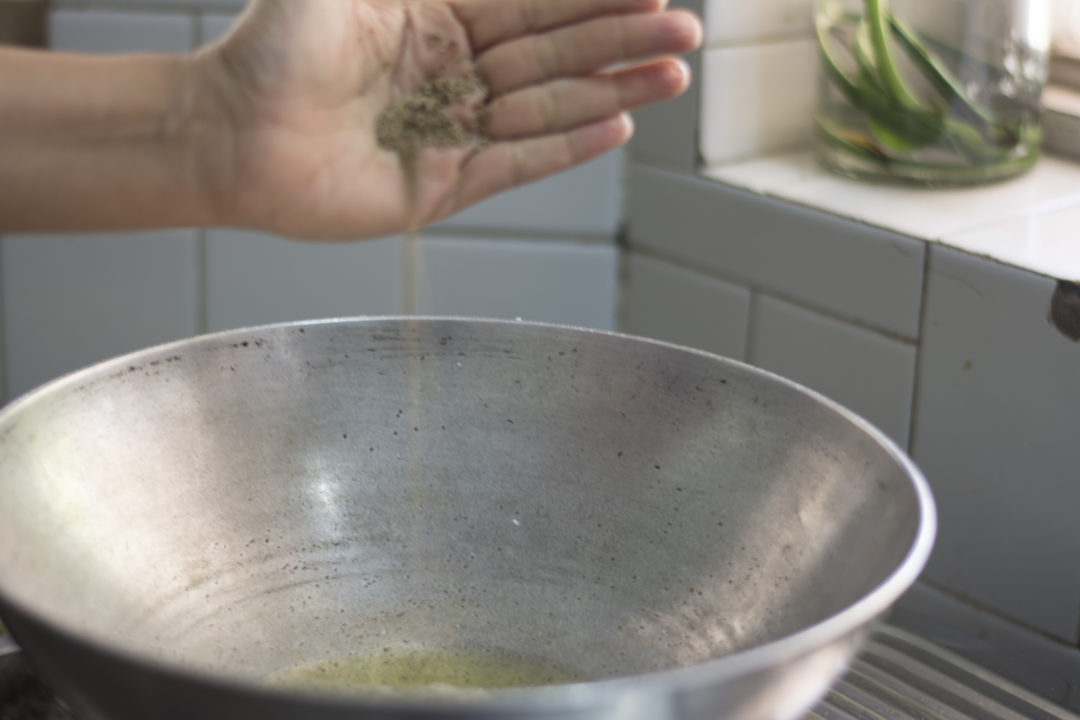
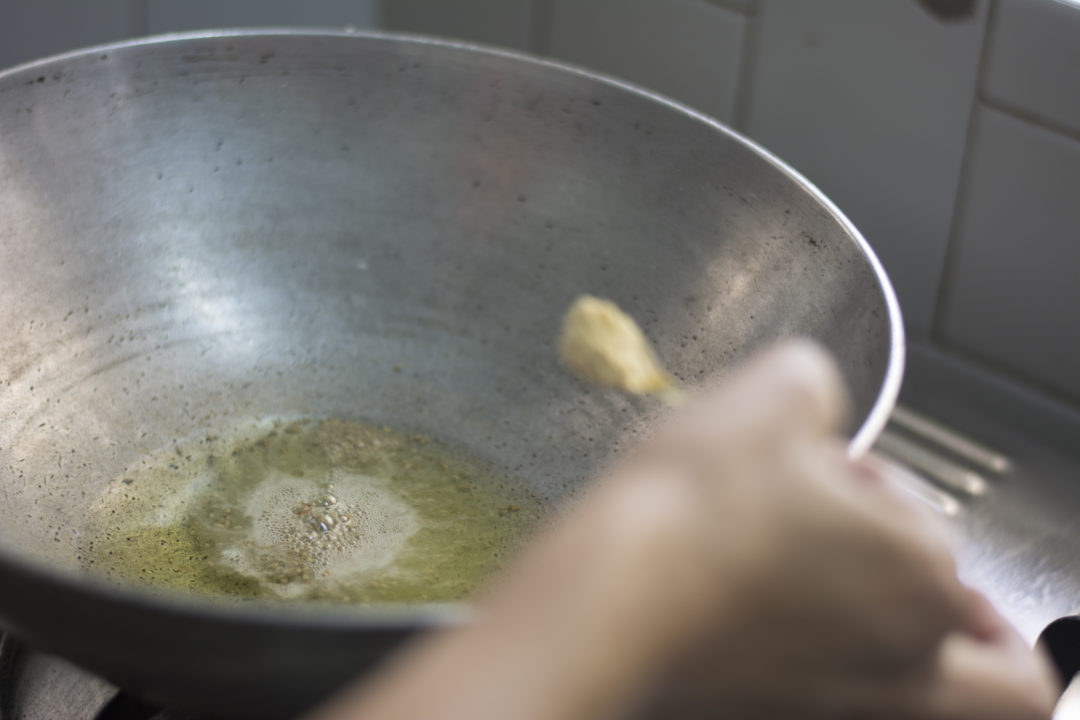
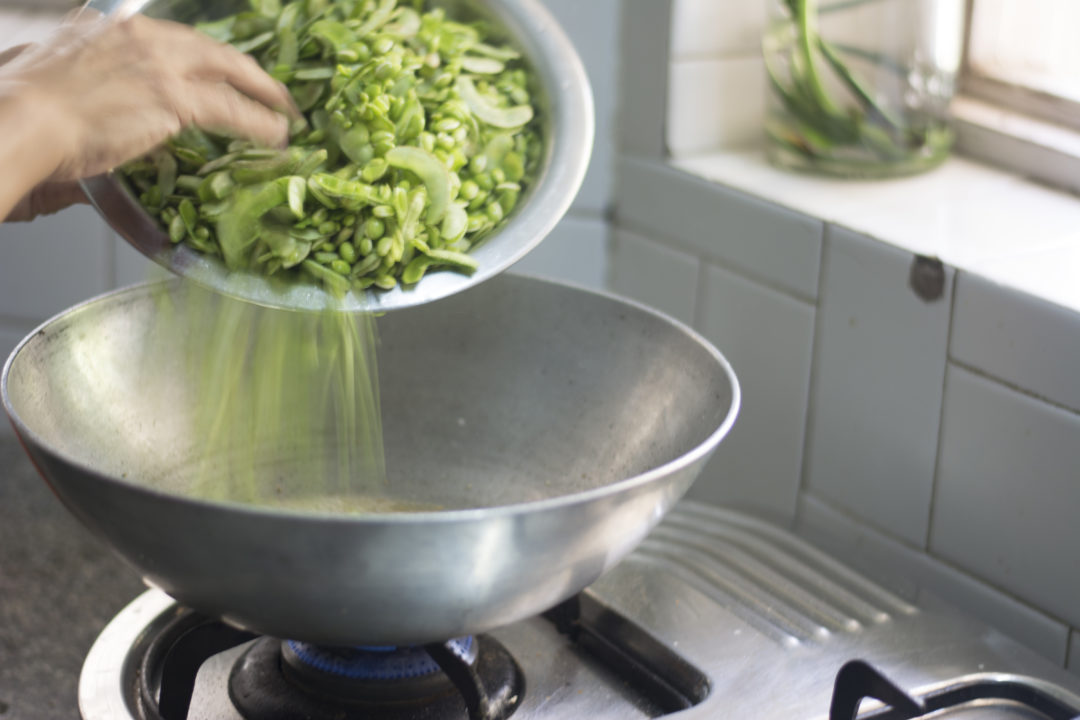
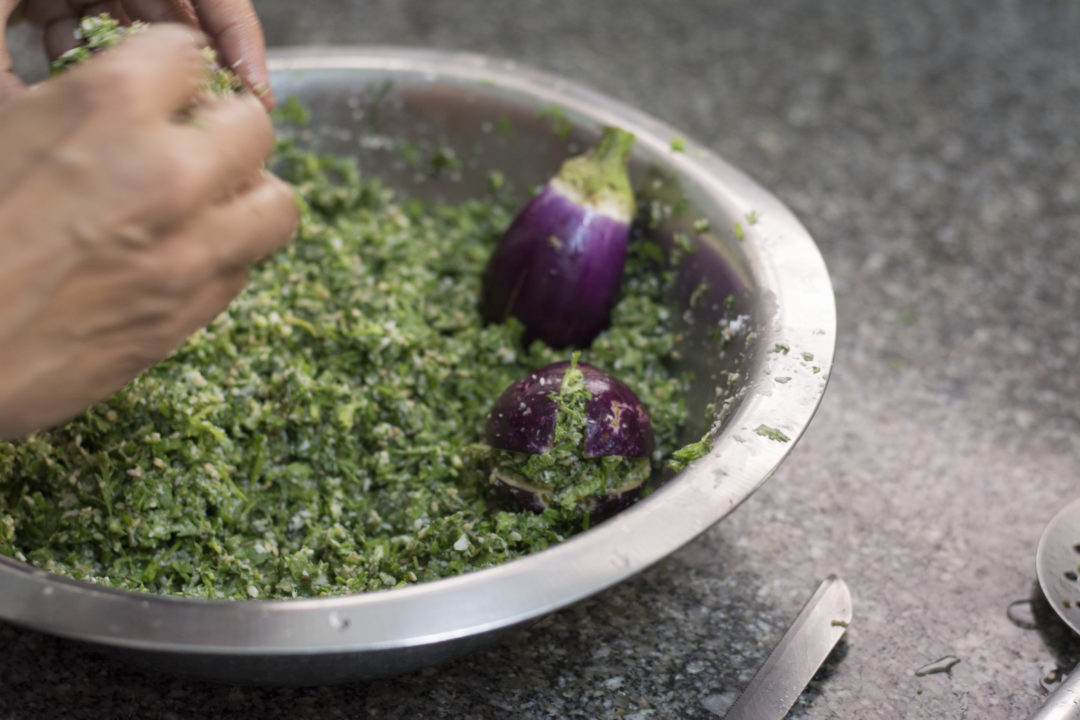
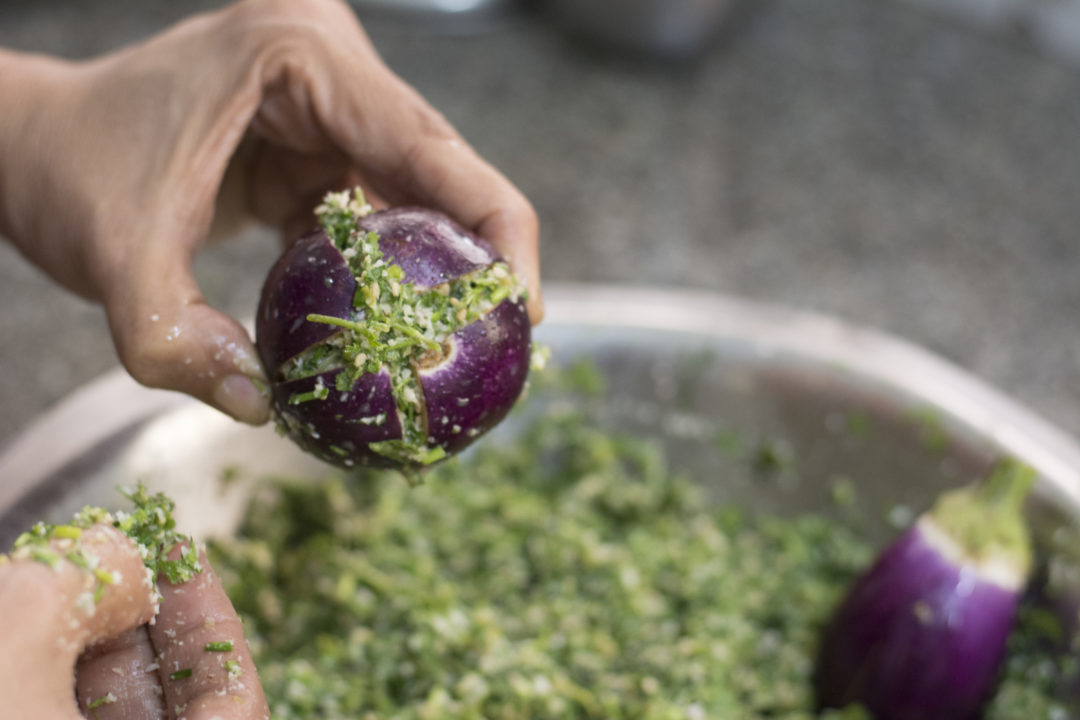
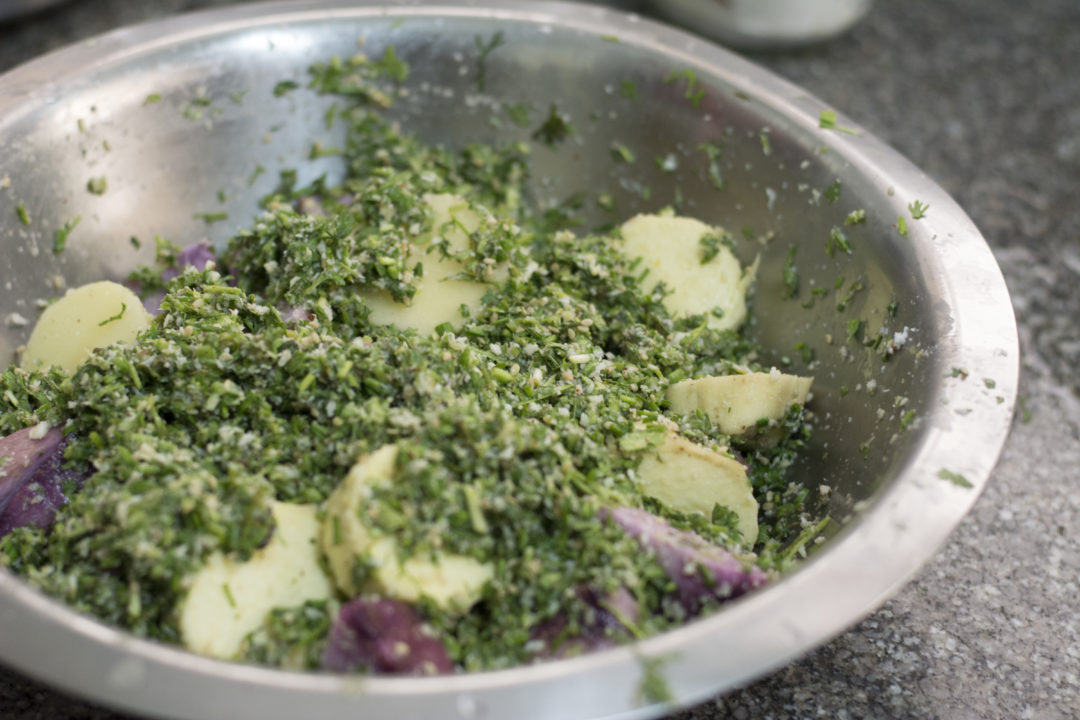
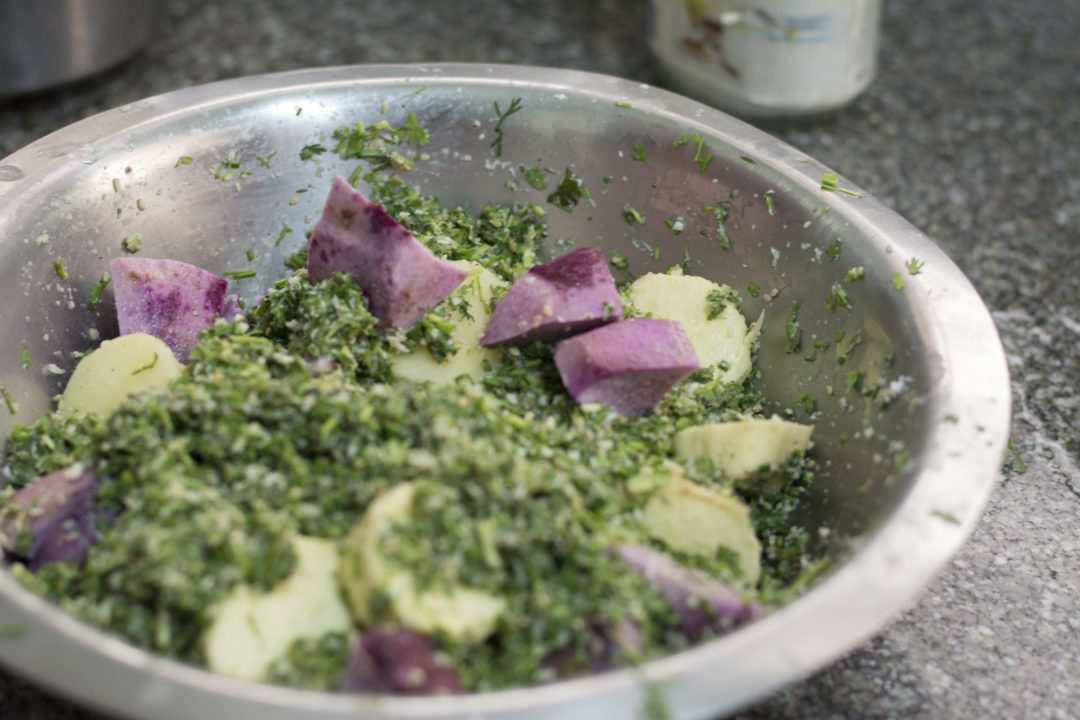
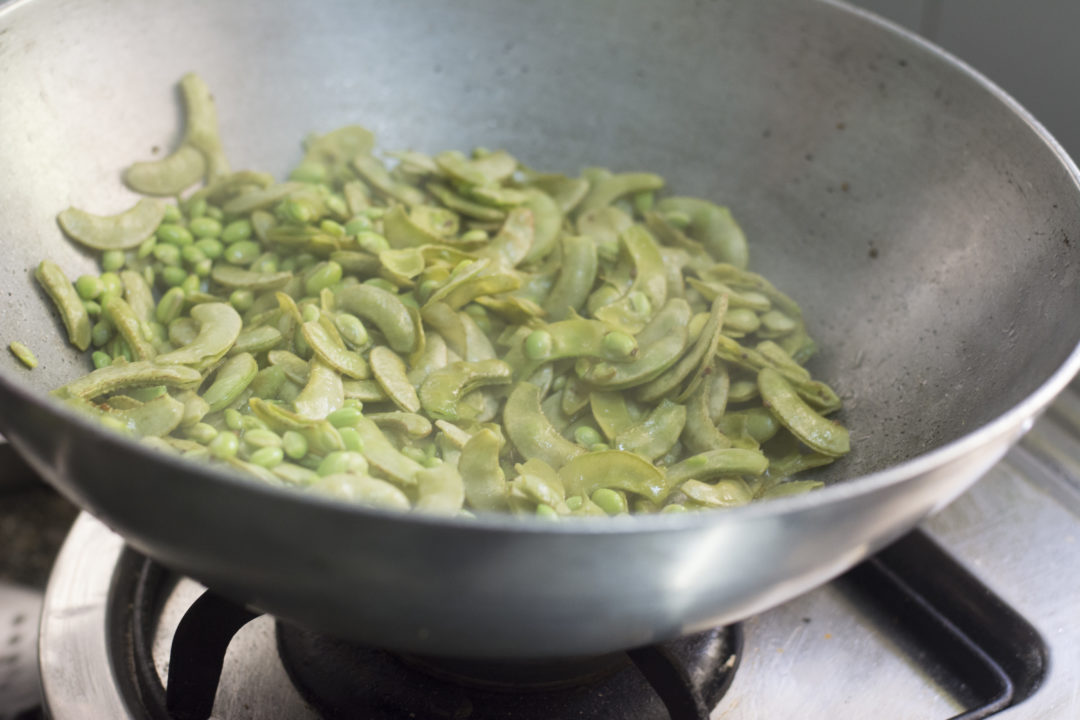
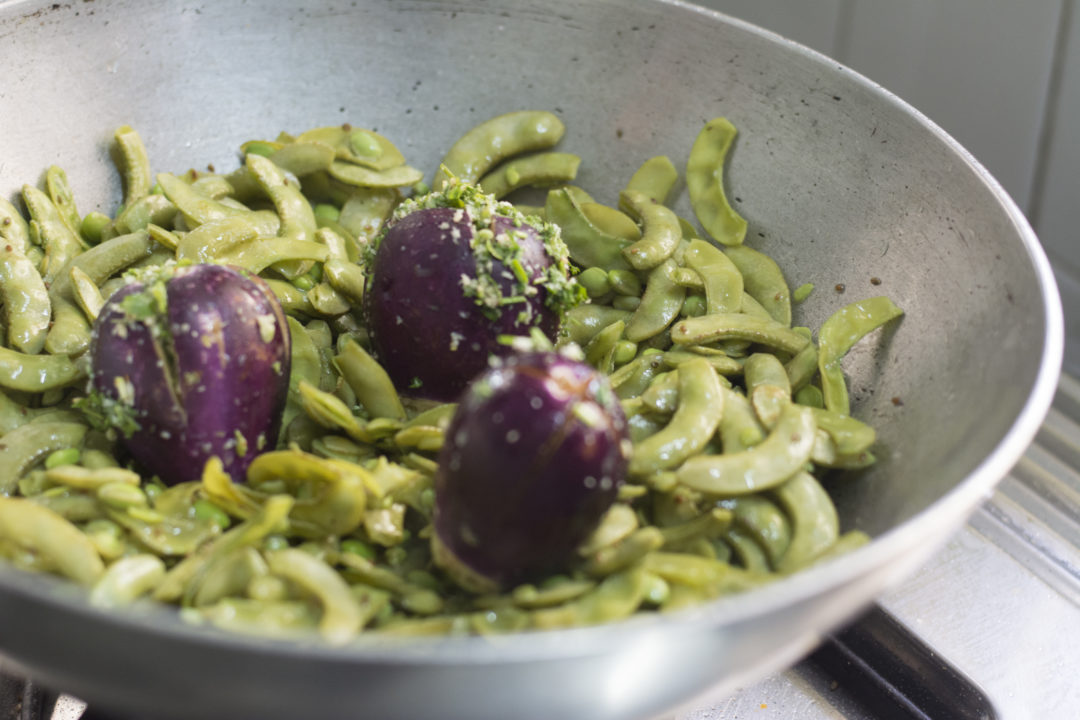
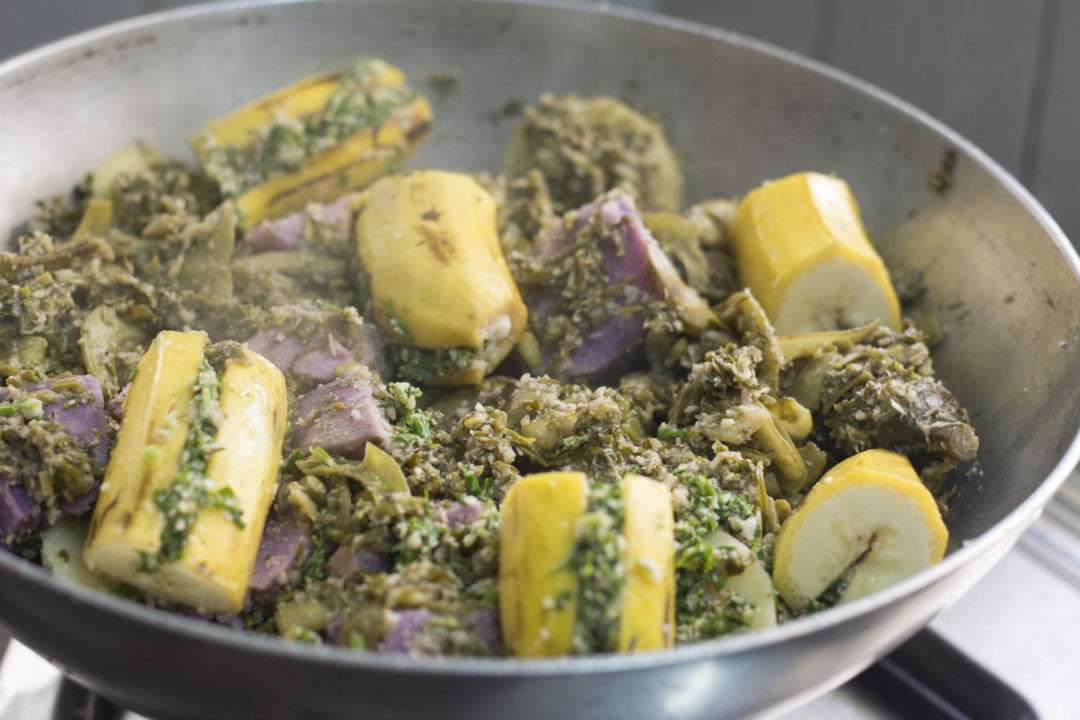
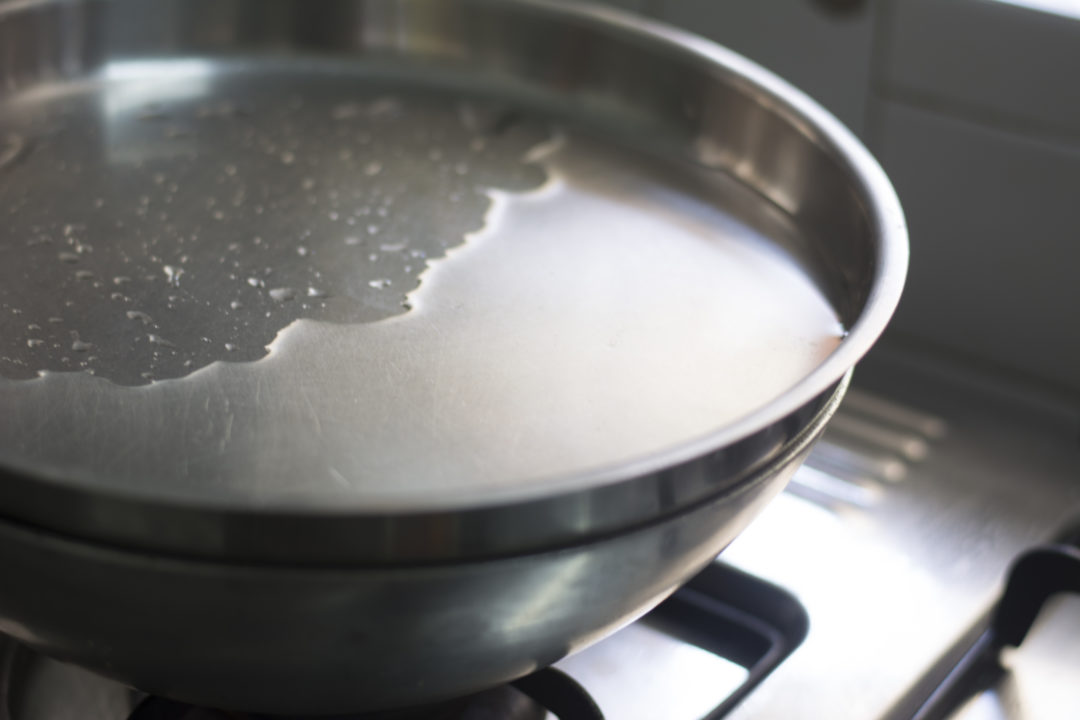
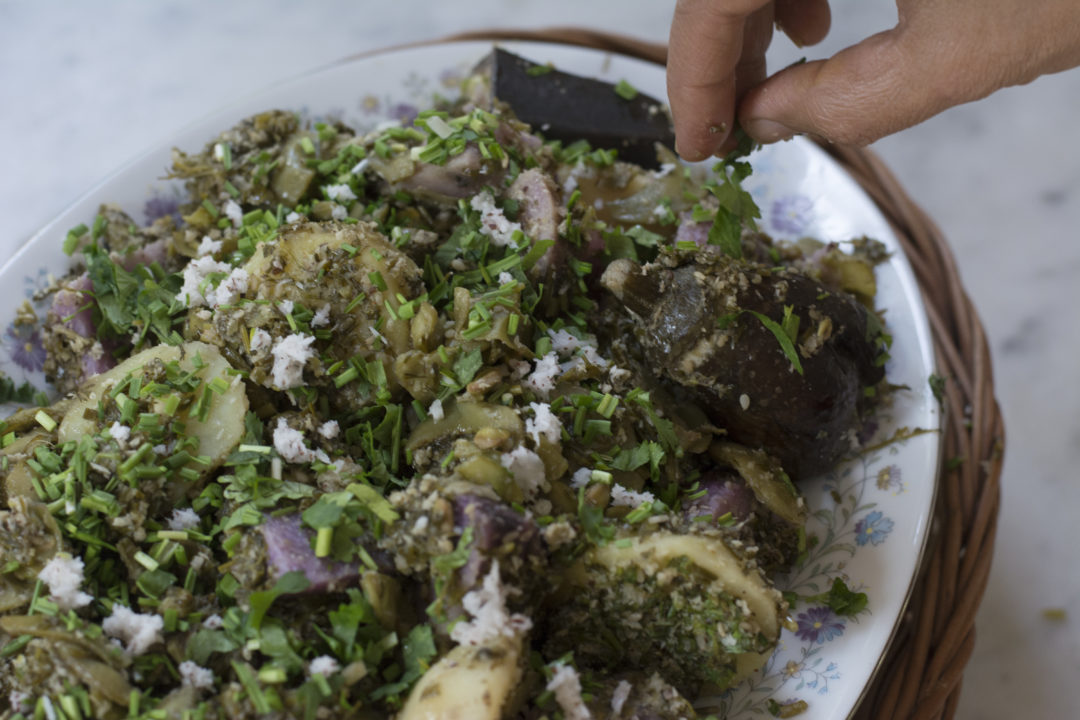
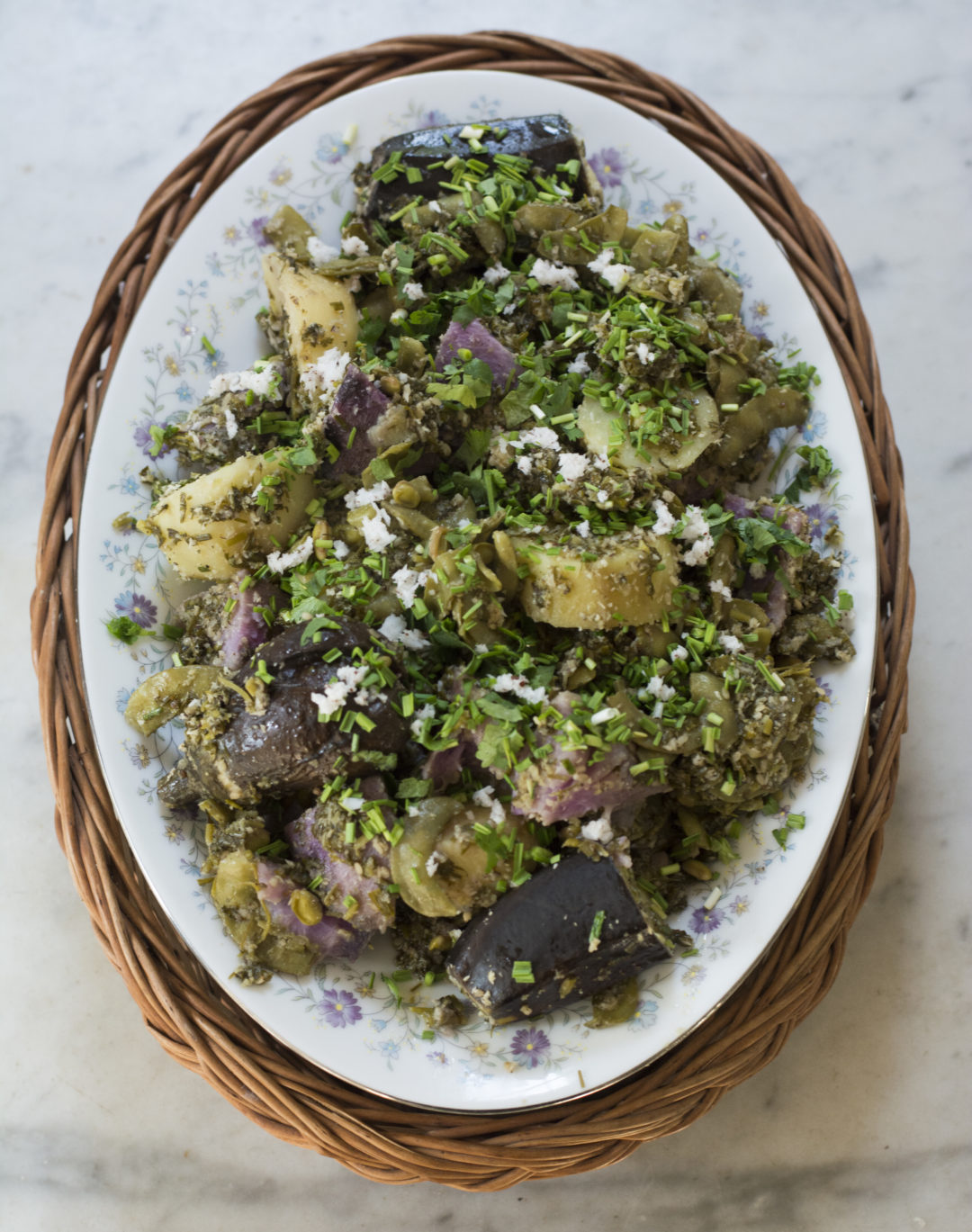

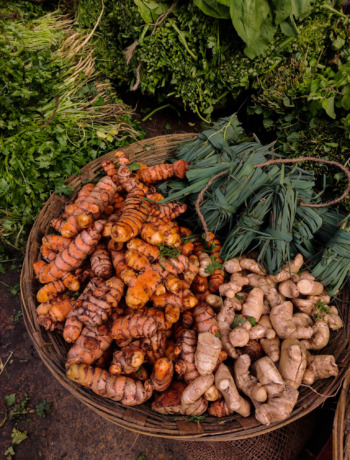
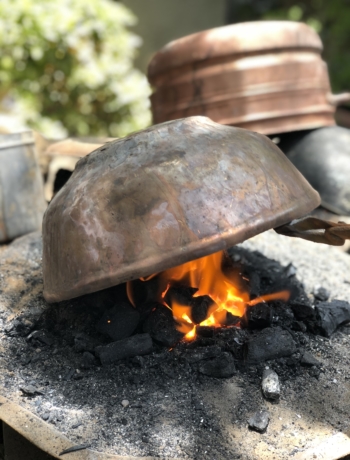
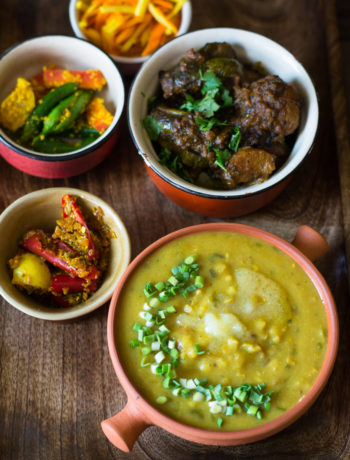
No Comments